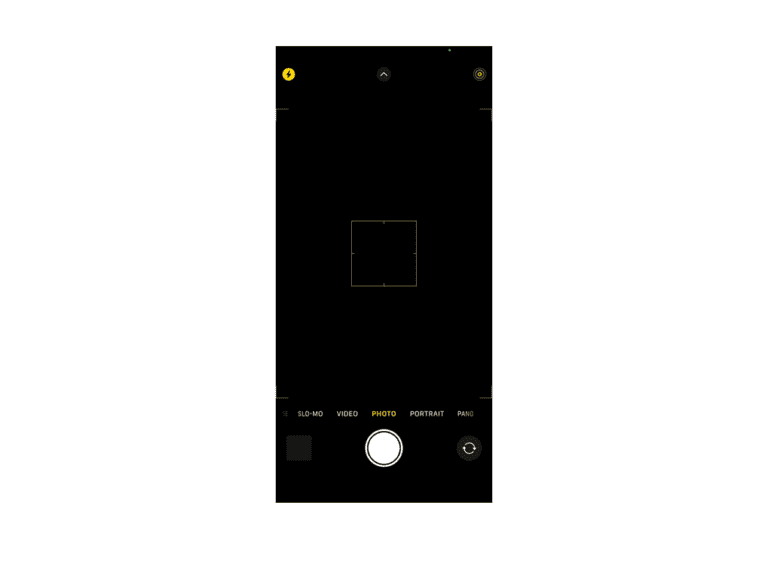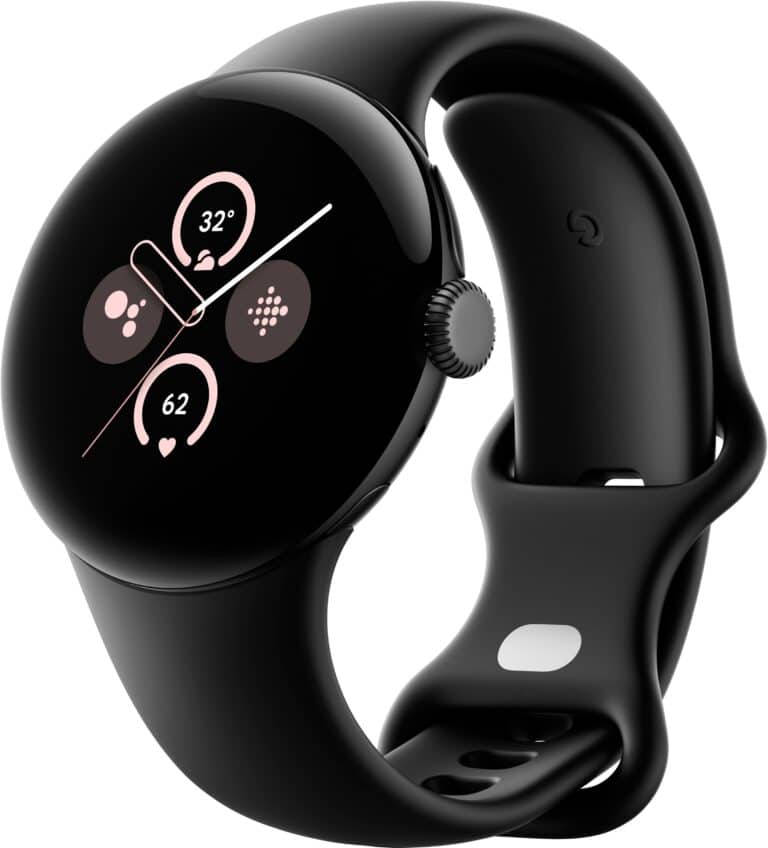As homes become smarter, the importance of IoT in home security is more evident. IoT, or Internet of Things, encompasses a network of smart devices that communicate with one another, providing homeowners with an elevated level of control and monitoring capabilities. IoT home security systems integrate various components such as cameras, motion sensors, and door locks, all connected through the internet, to enhance the safety of residences.
These systems offer the convenience of remote monitoring and control, allowing homeowners to keep an eye on their properties from anywhere in the world. The technology behind IoT home security systems is continuously improving, offering more reliable and user-friendly options for ensuring home safety. Smart home security systems are more than just burglar alarms; they can also notify homeowners of fires, floods, and other home emergencies, making them an integral part of the modern home.
Smart Protection for Your Home
IoT stands for “Internet of Things”. It’s the idea of connecting devices together with the internet. IoT home security systems use this idea to protect your home.
How IoT Home Security Systems Work
IoT home security systems use several connected devices to keep your home safe. Some popular devices include:
- Sensors: These devices can detect motion, open windows or doors, and even water leaks.
- Cameras: These offer live video of your home and can help you spot anything suspicious.
- Smart locks: Control door locks from anywhere and get alerts if someone tries to force their way in.
- Sirens: Blast a loud noise to scare off intruders.
All these devices are connected through a central hub. The hub sends you alerts when something unusual happens. You can watch live video on your phone. Or, you can arm and disarm the system from anywhere. If you pay for professional monitoring, the company will call the police if there’s a break-in.
Benefits of a Smart Home Security System
IoT home security systems offer many benefits, including:
- Remote access: Control and monitor your security system no matter where you are.
- Real-time alerts: Get notifications if something suspicious happens.
- Deterrence: The presence of cameras and sensors can discourage intruders.
- Evidence: Record events in case of a break-in.
- Peace of mind: Know that your home is protected.
Best IoT Home Security Systems
There are lots of great IoT home security systems on the market. Here’s a comparison of some of the most popular options:
| System | Base Price | Professional Monitoring (Monthly) | Features |
|---|---|---|---|
| SimpliSafe | $279 | $17.99 | Easy setup, mobile app, optional sensors |
| Ring Alarm Pro | $379 | $20 | Built-in Wi-Fi, backup power, Alexa integration |
| abode | $279 | $14.99 | Smart rules, Z-wave support, self-monitoring available |
Considerations When Choosing an IOT System
Here’s what to think about when choosing an IoT home security system:
Cost
Systems range from affordable to quite pricey. Make sure the system’s price works with your budget.
Features
Think about the features that are most important to you. What devices do you need? What smart home integrations are you interested in?
Monitoring
Decide whether you want professional monitoring.
DIY vs. Professional Installation
Some systems are made to be easy for DIY setup. Others you may want to have professionally installed.
IoT home security systems offer a powerful way to protect your home. With remote access, real-time alerts, and various smart features, you can have peace of mind knowing your home is safe.
Key Takeaways
- IoT home security provides advanced monitoring and control.
- Smart security systems can detect a range of home emergencies.
- These systems improve in reliability and user experience over time.
Key Components of IoT Home Security Systems
The key to enhancing home security in the modern world lies in the internet of things or IoT. This system integrates various devices, providing a comprehensive and smart way to protect your home.
Core Devices and Sensors
The strength of any IoT home security system depends on its devices and sensors. Smart cameras serve as the eyes of your system, recording and alerting you to suspicious activities. Then there are motion sensors that detect any unusual movement in your house. Door locks, often smart, allow for remote access control. The entire setup is connected through a network that binds these core components into a united front for your home’s security.
- Smart cameras: Watch and record activities
- Motion sensors: Detect movements
- Door locks: Secure entry points
- Alarm system: Sound alerts
Connectivity and Integration
Your home security devices need to talk to each other. They use Wi-Fi, Zigbee, or Z-Wave technologies among others to stay connected to your home network. This allows for seamless integration with smart home ecosystems like Amazon Alexa, Google Assistant, IFTTT, and Apple HomeKit. This connectivity also enables you to receive real-time alerts and updates on your mobile app.
- Wi-Fi: Connects devices to your home network
- Zigbee/Z-Wave: Alternative wireless technologies for device connection
- Integration: Combines with smart home platforms for better control
Control and Automation
Finally, control and automation are what bring an IoT home security system to life. You can manage your devices remotely, often through a mobile app or voice commands via smart home assistants. This includes customizing settings, viewing camera feeds, and even unlocking doors for guests. Automation lets you set rules for devices to react in certain situations, like turning on lights when motion is detected. It’s about creating a smart system that not only secures but also simplifies your life.
- Control: Manage your security system remotely
- Smart Devices: Acts on your commands and settings
- Automation: Devices respond automatically to set rules and triggers
Empower your home with these IoT components and enjoy peace of mind with a secure, connected, and automated security system.
Implementation and Considerations
When considering the implementation of a smart home security system, one must evaluate the process of installation, the security and privacy aspects, and the factors involved in choosing the right system to meet their needs.
Installation and Setup
DIY Installation:
Setting up a smart home security system often begins with a DIY approach, which is cost-effective and straightforward for those who are tech-savvy. Systems like SimpliSafe and Ring Alarm are designed to be user-friendly, allowing homeowners to set them up with relative ease. The key steps usually involve placing sensors and cameras, connecting them to a central hub, and syncing everything with a mobile app.
Professional Installation:
For those less comfortable with technology, professional installation is a valuable option. Companies such as ADT and Vivint offer expert installation services. This comes with the benefit of a technician ensuring that your system is set up correctly and that all components are functioning as they should.
Security and Privacy
Data Protection:
Smart home security systems handle sensitive data, which necessitates robust security measures to protect against hacking. Companies are now implementing advanced technologies such as two-factor authentication to safeguard access to devices and data.
Collaboration with Police Departments:
Some home security systems offer professional monitoring, where the service provider will alert local police departments if an intrusion is detected. This subscription-based service adds an extra layer of security but also comes with a monthly fee.
Choosing the Right System
Analyzing Needs and Cost:
Prior to selecting a system, it is important to evaluate the specific security needs of the home, such as coverage area and the types of sensors required. Identifying these needs will guide homeowners to the appropriate system, be it SimpliSafe for basic coverage or Vivint for more comprehensive services.
Evaluating Benefits:
Each system offers different benefits; for instance, Abode may excel in customizable options, while Brinks might be known for its reliability. When choosing, consider the long-term value such as customer support, warranty, and upgrade options alongside the initial cost.
Selecting a smart home security system is a decision that should be made with careful consideration of installation methods, security protocols, and specific needs against the cost. By focusing on these key aspects, homeowners can ensure they choose a system that provides the security and peace of mind they require.
Frequently Asked Questions
In this section, we address some common inquiries about IoT home security systems. We provide insights into high-performing systems, features to consider, and cost-effective and reliable solutions.
What are the top-rated IoT home security systems currently on the market?
Several IoT home security systems are well-regarded for their features and dependability. Systems like Vivint and SimpliSafe are praised for their overall performance. The Ring Alarm Pro also stands out, especially because it serves dual purposes by functioning as a Wi-Fi mesh router.
What features should I look for when choosing a smart home security system?
Key features include high-resolution cameras, real-time alerts, and remote access through mobile apps. Look for systems with strong encryption to secure your data, and consider the ease of installation and integration with other smart home devices.
How can IoT enhance the functionality and safety of a home security system?
IoT allows for real-time monitoring and management of security devices. Smart home security leverages AI to improve device performance, such as recognizing familiar faces with smart cameras or automating lights to deter intruders.
Which DIY home security systems offer the best balance of cost and reliability?
DIY systems like SimpliSafe are popular for their low cost and reliable protection without the need for long contracts or professional installation, giving users the flexibility to set up their own security network in a short period.
Are there reputable home security systems that operate effectively without a monthly subscription?
Yes, some systems offer effective security solutions without a monthly fee, relying on one-time purchases of the hardware and self-monitored alerts. Be sure to look for systems with no hidden costs and flexible monitoring options.
What are the advantages and disadvantages of wireless home security systems?
Wireless systems are easy to install and move, with no drilling or cabling needed. However, they rely on battery power and a stable internet connection, which can be a weakness if either fails. They offer a clean and convenient alternative to wired systems but need regular maintenance to ensure continuous operation.







